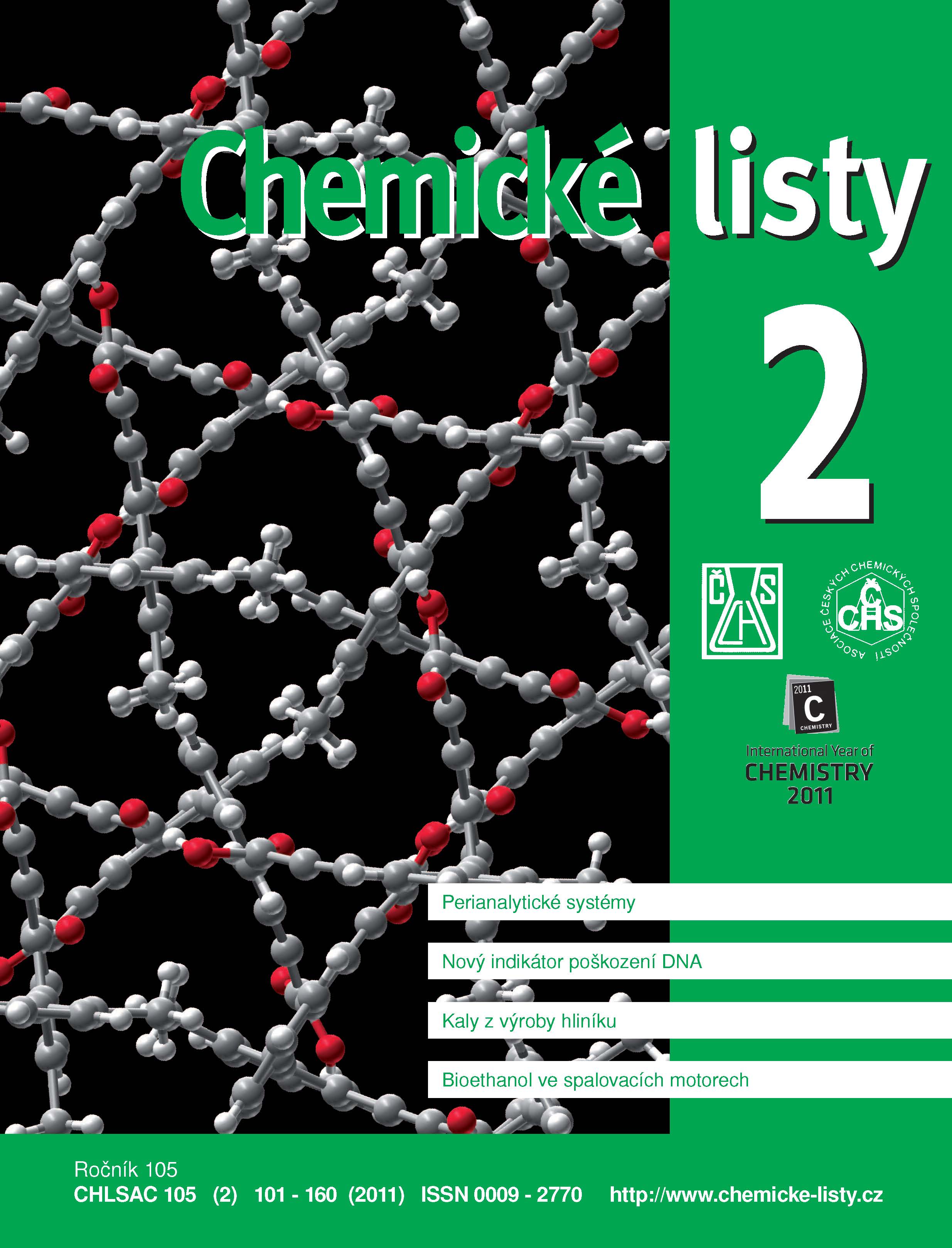Fosforylovaný histon H2AX - nový indikátor poškození DNA
Klíčová slova:
poškození DNA, dvouřetězcové zlomy, histon H2AX, fosforylace, průtoková cytometrieAbstrakt
H2AX is a variant of histone H2A found in nuclei of eukaryotic cells. In 1998 it was found that after formation of double-strand breaks of DNA (DSB) due to ionizing radiation, H2AX is phosphorylated on serine 139 in the conserved COOH-terminal region. This phosphorylated form is termed γH2AX. Further studies revealed that γH2AX formation is an early event in DSB recognition and, subsequently, many proteins engaged in DNA repair, cell cycle regulation, chromatin remodeling and apoptosis are recruited to the DSB site. The γH2AX presence is limited to the sites around DSB and the phosphorylation is proportional to the DNA damage extent. Methods such as Western blotting, flow cytometry and immunocytochemistry are used to detect γH2AX. Detection of γH2AX foci is useful to visualize localized DSB. Quantification of γH2AX is useful for monitoring DNA damage. Further, γH2AX is a potential molecular marker in aging and cancer. The present review covers current knowledge of the role of γH2AX and of methods for its detection and quantification.





